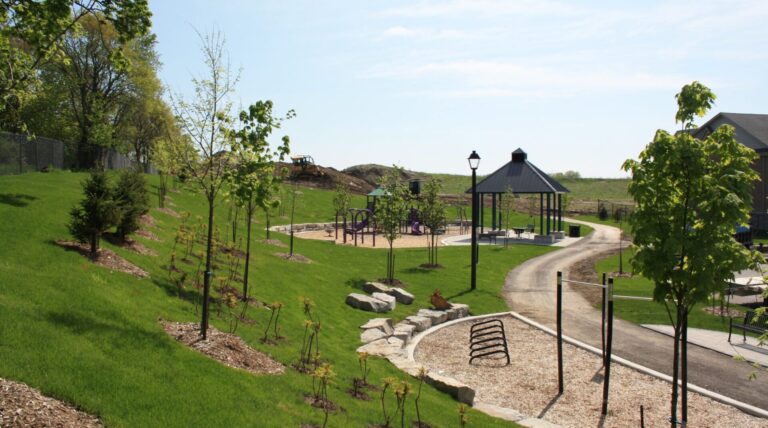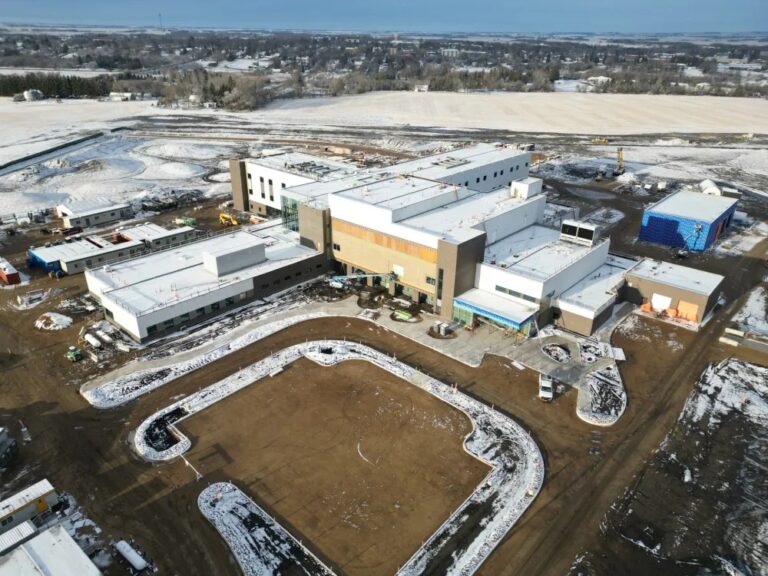A Brock University researcher is aiming to shape the future of sustainable construction by turning to an unconventional material: engineered bamboo.
With funding from a Government of Canada Natural Sciences and Engineering Research Council’s (NSERC) Discovery Grant, associate professor of Engineering Amir Mofidi is using advanced techniques to fabricate new forms of engineered bamboo as a suitable economical and practical alternative for construction purposes.
“When thinking about construction materials, the industry predominantly relies on steel and concrete, which are high in carbon emissions, and faster growing soft wood timber, which requires 30 to 40 years to grow,” he says.
In this context, a common sustainability approach in the construction industry is to prolong the lifetime of existing buildings, bridges and other structures, said Mofidi, who is internationally recognized for rehabilitating existing concrete structures.
“The construction industry moves quickly, so it’s important to innovate the supply chain with alternatives for fabrication with highly renewable resources,” he said.
Giant bamboo is a fast growing, strong and durable material. It comes in the form of hollow cross sections that can be as wide as 250 millimetres and can grow to minimum heights of three to four metres. Some species can grow as fast as one metre a day and may only need four to five years before they are mature enough to harvest.
But bamboo’s hollow shape limits its use in construction, said Mofidi, who is engineering bamboo to create cutting-edge composite materials.
Mofidi is also pursuing the possibility of growing non-invasive bamboo species in a laboratory that can survive in -20C to -30C weather with the goal of finding a species strong enough for construction that can be grown locally outdoors.
“We are mindful of the need to protect surrounding agriculture and have selected varieties that have their own root structures,” said Mofidi. “Ultimately, we want to develop partnerships with the Niagara farming community and provide an economically justifiable crop.”
These crops are not to be confused with bamboo species commonly planted in residential yards, which have a reputation for invading neighbouring properties.
In fact, Mofidi highlights that in many countries, farmers will plant a row of non-invasive bamboo around their fields to protect against insects and flooding.
“The giant bamboo is an impressive plant with potential that is not fully recognized yet,” he said. “There are even varieties with roots that can purify contaminated water.”
While modern kitchens and bathrooms frequently use engineered bamboo for cabinetry in the form of tiny strips shaped together, bamboo has been used in traditional architecture in China and East Asia for thousands of years.
“The realization that giant bamboo has the potential to become the construction material of the future came to me a few years ago while in discussion with two undergraduate students,” said Mofidi.
The students approached Mofidi because they wanted to do research relevant to their backgrounds in Hong Kong and Central Africa, areas known for the use of bamboo in construction.
“I knew concrete and timber, but bamboo was a new field of research for me,” said Mofidi. “Sustainability in construction is something that fascinates me, and I quickly realized there is huge potential here.”
Featured image: Brock associate professor of Engineering Amir Mofidi. (Brock University)











